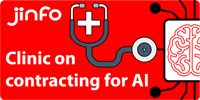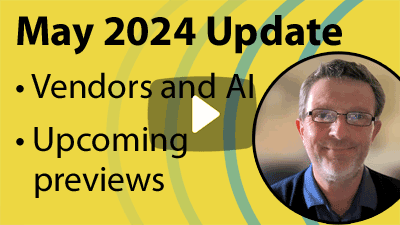 Predicting crises through web crawling
Predicting crises through web crawling
Jinfo Blog
14th May 2009
Item
A predictive monitoring tool called HealthMap (http://www.healthmap.org), devised by two employees at a US childrenâs hospital in 2006 has been gaining increased exposure in recent weeks. The site, which is essentially a global disease alert map counts the World Health Organisation, the US Center for Disease Control and Prevention and the UK Health Protection Agency amongst its users and has been monitoring the outbreak and spread of swine flu throughout the world. The free site aggregates data on disease outbreak through an almost real-time web crawling system combing a variety of sources, such as official WHO alerts, online databases, news sources from Google and others, as well as personal accounts available from blogs and ProMed.(Program for Monitoring Emerging Diseases, http://www.promedmail.org). New cases of swine flu, or any other infectious disease for that matter, are marked on a satellite image of the world, providing an indication of the spread of the disease. According to HealthMap, 90% of its reports come from news media sources, which it monitors in five languages. Text-processing algorithms identify relevant information, and duplicate articles are filtered out before their data is entered on the map. Users are able to zoom in on countries on the map and a click on a marker reveals a summary of the news article describing the latest case found there. Although HealthMap is a powerful tool in the identification of possible pandemics, it is only as good as the information it receives. Gaps exist in developing countries where there are fewer news sources, although the advance of mobile communications will allow news to filter back to the monitors. HealthMap is supported by Google.org (http://www.google.org), Googleâs philanthropic venture with a $450,000 grant âto conduct in-depth research into the use of online data sources for disease surveillanceâ. The founders of HealthMap are now looking at how their tool can be applied to monitor other crises, such as conflicts or environmental disasters. A true case of the power of information â as long as it is relevant and accurate.About this article
- Blog post title: Predicting crises through web crawling
- Link to this page
- View printable version
What's new at Jinfo?
Community session
11th December 2024
2025 strategic planning; evaluating research reports; The Financial Times, news and AI
5th November 2024

How are information managers getting involved with AI? Navigating privacy, ethics, and intellectual property
- 2025 strategic planning; evaluating research reports; The Financial Times, news and AI
5th November 2024 - All recent Jinfo Subscription content
31st October 2024 - End-user training best practice research
24th October 2024
- Jinfo Community session (TBC) (Community) 23rd January 2025
- Clinic on contracting for AI (Community) 11th December 2024
- Discussing news and AI strategies with the Financial Times (Community) 21st November 2024
Learn more about the Jinfo Subscription

